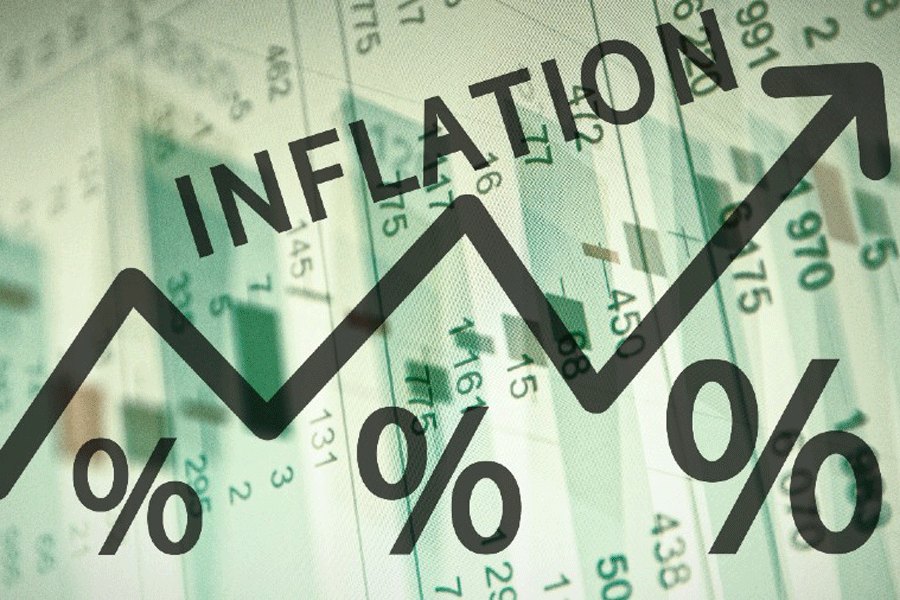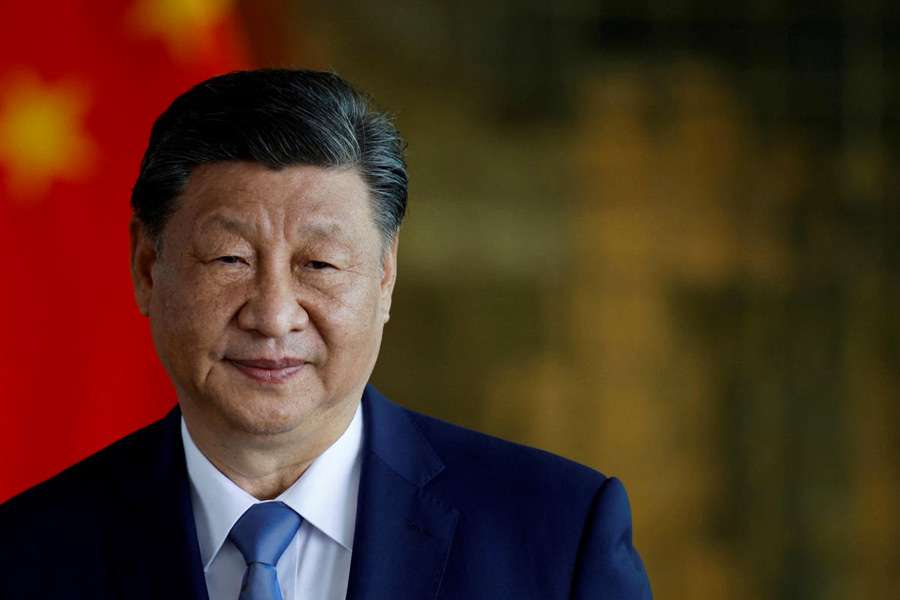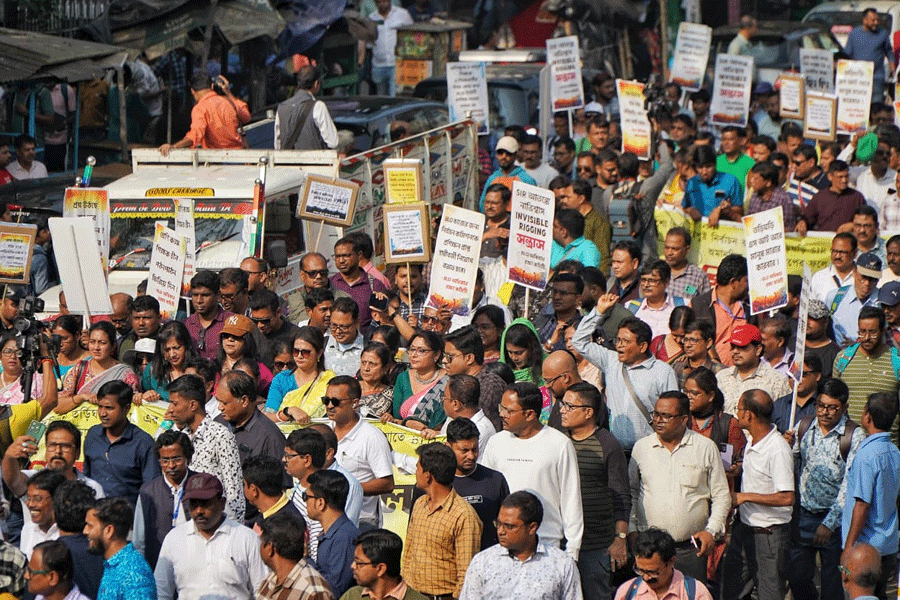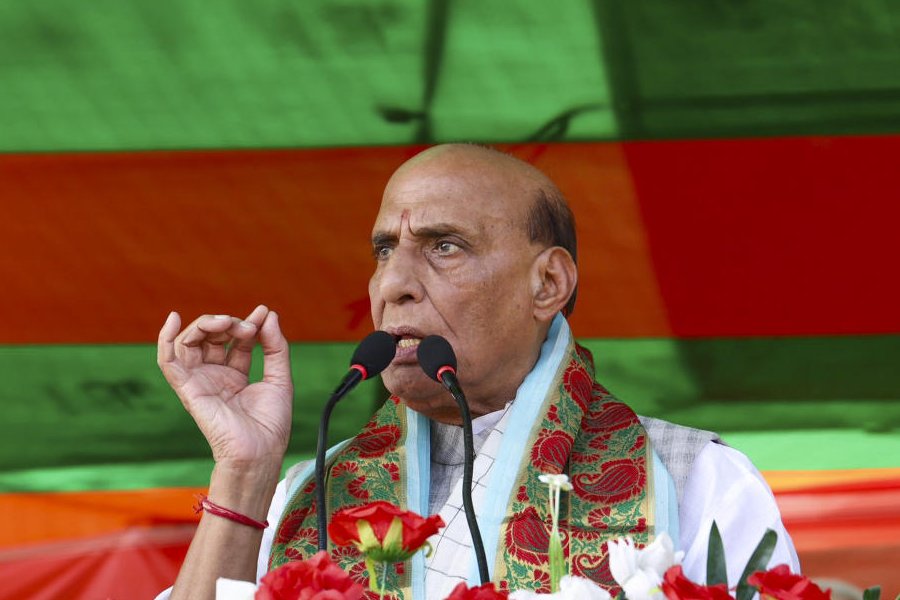Retail inflation eased to a four-month low of 4.87 per cent in October because of the cooling of food prices as the gauge moved closer to the Reserve Bank of India’s target of 4 per cent.
The RBI has said the 4 per cent mark needs to be firmly in sight before it can start lowering rates.
However, economists said policymakers cannot rest on their laurels as the upside risks to inflation remain large.
Daily retail data show vegetable prices, particularly tomatoes and onions, have been increasing sharply since the start of November.
If prices stay unchanged for the rest of the month, it is a sign of a renewed surge in vegetable inflation that will push the headline rate closer to the upper limit of the RBI’s tolerance range of 6 per cent.
The consumer price index (CPI) based retail inflation fell to a three-month low of 5.02 per cent in September. The previous low was 4.87 per cent in June.
Core inflation was estimated to be 4.20-4.28 per cent compared with 4.5 per cent in September, according to economists.
Food inflation, which accounts for nearly half of the overall consumer price basket, was 6.61 per cent in October, little changed from an upwardly revised 6.62 per cent in September.
“While the decline in inflation is a good news, there
are some cause of concern: food inflation has remained static in October at 6.61 per cent on a month-on-month basis. Cereals inflation also remained in double-digits since September. The decline in retail inflation was from non-food factors only,” Devendra Kumar Pant, chief economist and senior director — public finance, India Ratings and Research, said.
He said the below par monsoon is likely to have its impact on cereals inflation.
Cereals and pulses inflation is expected to keep food inflation elevated.
The data release indicates stable inflation, but a cautious approach would be the way forward, said Madan Sabnavis, chief economist at Bank of Baroda.
Last week, RBI governor Shaktikanta Das highlighted risks from a spike in food prices saying India was vulnerable to “recurring and overlapping” food price shocks despite the recent moderation in inflation.
While the uptick in foodgrain prices following an uneven monsoon has manifested itself in October, the higher prices of some vegetables such as onions would be partly absorbed by the seasonal downtrend in many other vegetables, Aditi Nayar, chief economist at Icra said.
Upasna Bhardwaj, chief economist, Kotak Mahindra Bank said: “We expect the trend of sub-5 per cent headline inflation to remain brief with most of FY24 ahead likely to remain above 5 per cent.”
“We continue to expect the MPC to remain on a extended pause phase in rates with liquidity being used as a more frequent tool to manage the stance,” she said.











